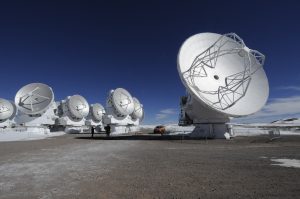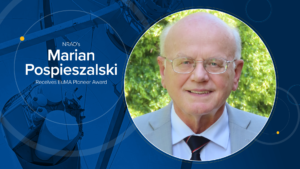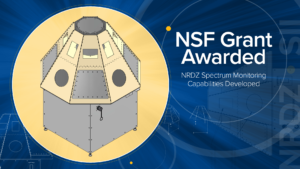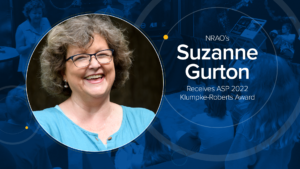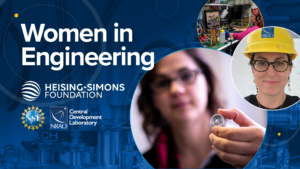On October 29, 2022, the Atacama Large Millimeter/submillimeter Array (ALMA) suffered a cyberattack. We are working hard to resume observations before the end of the year.
NRAO’s Marian Pospieszalski Receives EuMA Pioneer Award
The European Microwave Association (EuMA) has announced Marian Pospieszalski— a senior research engineer at the National Science Foundation’s National Radio Astronomy Observatory (NRAO)— as the recipient of its 2022 Pioneer Award. The EuMA Pioneer Award recognizes individuals responsible for noteworthy advances in the field of microwaves that have had a lasting and significant impact on the microwave community.
NRAO Expands Radio Dynamic Zone Testing with Support from NSF
Following a generous grant from the National Science Foundation’s Spectrum Innovation Initiative (SII), NSF’s National Radio Astronomy Observatory (NRAO) will expand efforts to establish and support the co-existence of research and commercial entities across the radio spectrum.
NRAO’s Gurton Receives Astronomical Society of the Pacific Award
Suzanne (Suzy) Gurton, NRAO’s Assistant Director for Education and Public Outreach, has been named the 2022 recipient of the Astronomical Society of the Pacific’s prestigious Klumpke-Roberts Award. The award recognizes outstanding contributions to the public understanding and appreciation of astronomy.
NRAO’s Central Development Laboratory to Launch New Women in Engineering Program With Support from the Heising-Simons Foundation
Following a generous grant from the Heising-Simons Foundation, the Central Development Laboratory (CDL) at NSF’s National Radio Astronomy Observatory (NRAO) will soon launch an ambitious Women in Engineering program that will increase opportunities for women to enter the field of radio astronomy through engineering pathways. The program will include a postdoctoral fellowship and a co-op program for undergraduate and graduate students.
“You Have to Turn Off Your Brain and Trust What You Have Learned”
Tatiana López is an aerospace engineering student at the University of Concepción in Chile, and a certified PROVOCA Mentor, an AUI/NRAO program that promotes and supports young women pursuing STEM vocations in Chile. She is also the only Latin American woman that participated in the Asclepios II Mission, a Switzerland-based analog space program designed by and for students that required two years of training followed by 15 days in an underground Moon simulation at the former Gotthard Mountain military fortress located in the Swiss Alps.






